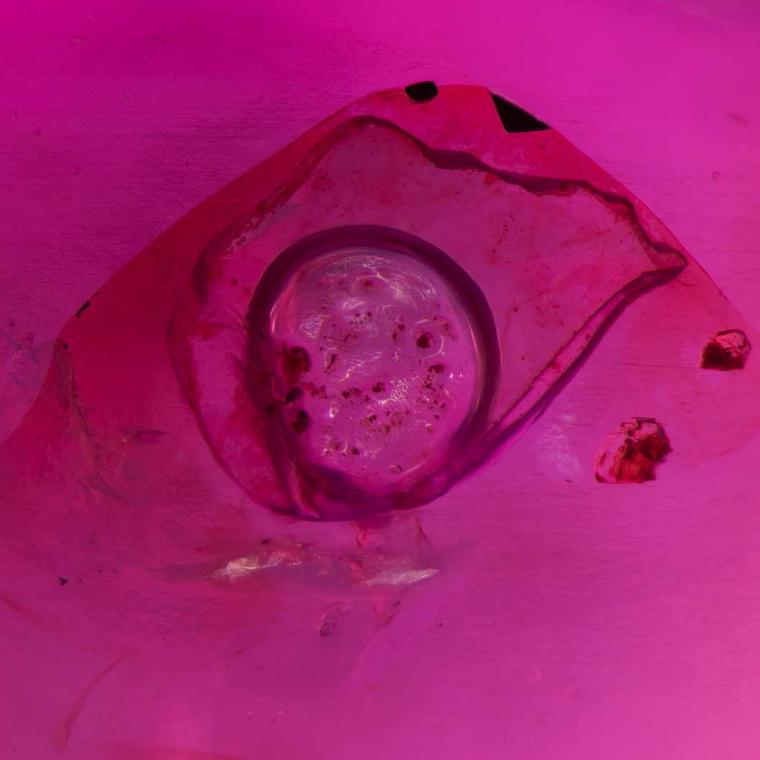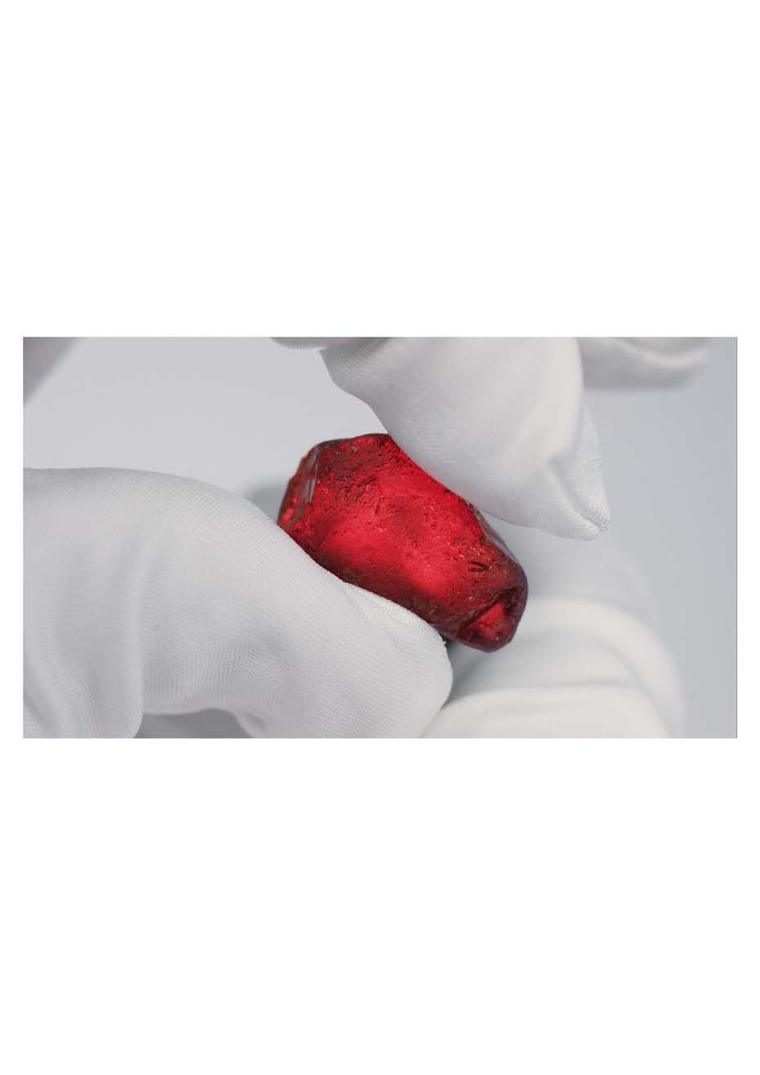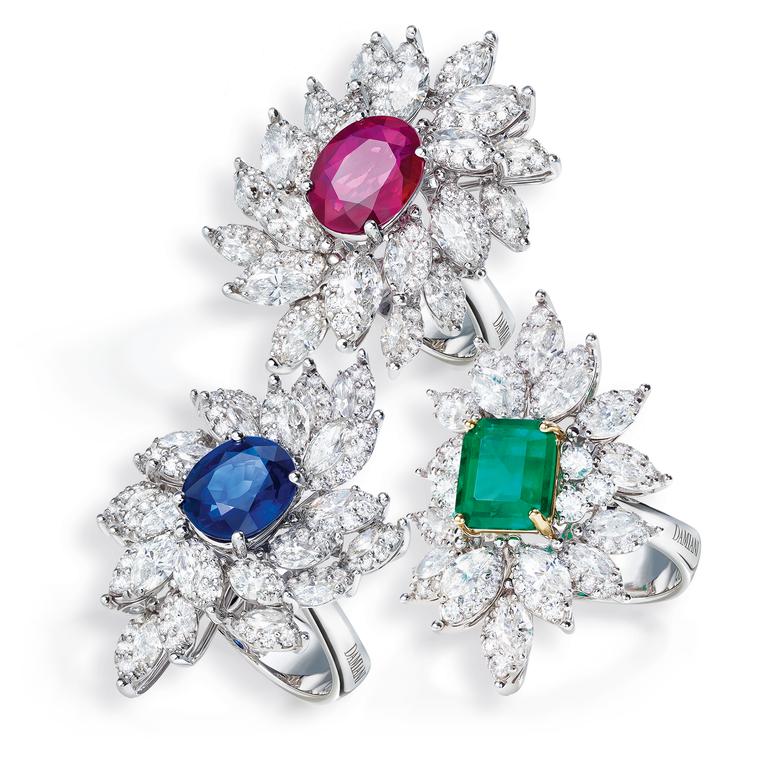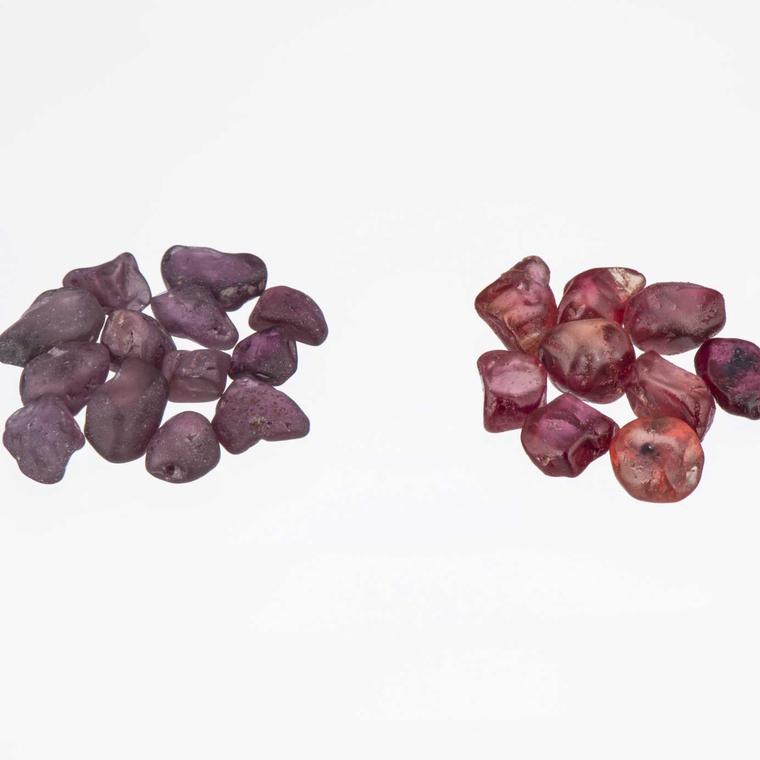
[ad_1]
by Christa Van Eerde
Most of the ‘big three’ gemstones – emeralds, rubies and sapphires – are in some way enhanced or treated. Only the very pure, perfectly coloured and flawless can escape any type of enhancement, and this is reflected in their record-breaking prices. Perfection comes at a cost; the most valuable untreated ruby, the 25.59-carat Sunrise Ruby (below) fetched $30.3 million, which is just over $1 million per carat at Sotheby’s in Geneva in May 2015, far outstripping any price paid for a colourless diamond.
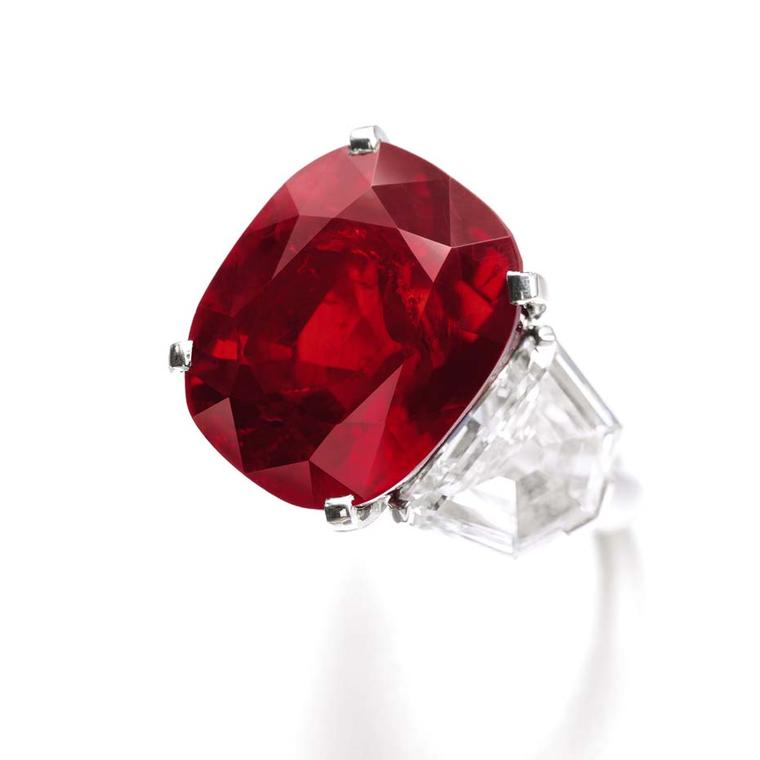
The same is true for top quality emeralds and sapphires, the more naturally perfect, the more valuable. But as not every stone is perfect, I explore the range of treatments and within which parameters they are acceptable to make the right choice when buying an emerald, sapphire or ruby. As gem treatments vary considerably and though sellers are ethically obliged to disclose if a gemstone has been treated, here is my advice on red flags to look for when buying a gem.
Read more about emeralds here.
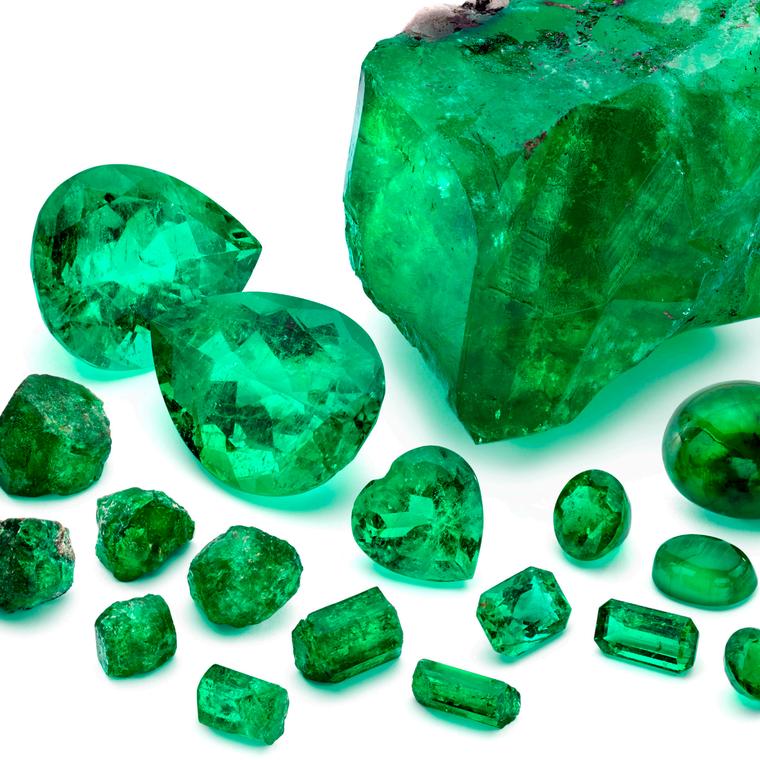
Any man or machine improvement to a stone’s appearance or value is considered a gem treatment. When a gemstone comes out of the ground as a rough it will usually be cut and polished, and though this improves a stone’s sparkle and shine, neither is considered a gem treatment. The most common treatments for the ‘big three’ are surface modification, cavity and fracture-filling, heat treatment and lattice diffusion. Of these, heating and oil-filling are the most widespread and when applied correctly and disclosed are acceptable enhancements. Surface modification is only acceptable if the extent of the enhancement is fully disclosed. Cavity and fracture filling are acceptable but may not last so special care must be taken when cleaning jewels subjected to these treatments. Lattice diffusion that uses heat and chemicals must be disclosed as it lowers the value of the stone and is not visible other than under laboratory conditions.
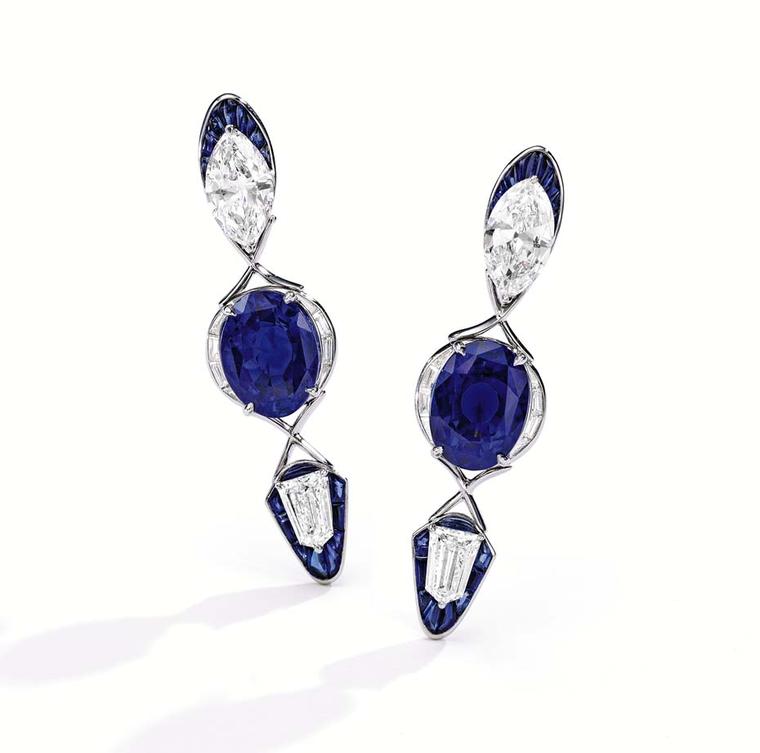
Treatments can allow for a much wider selection with more price points as well as increase the strength and magnificence of a stone. But if applied to outwit, treated items do not receive a second look or thought. Think of stone treatments in the way you would say a wooden dining table with multiple coatings of varnish or dyed fabrics, both of which are acceptable within reasonable parameters. However, like make-up, not all treatments are stable and ever lasting and some can even be removed in a moment. Any reputable source should be open about discussing enhancements to ensure that the buyer is aware of any treatments and be able to purchase with confidence.
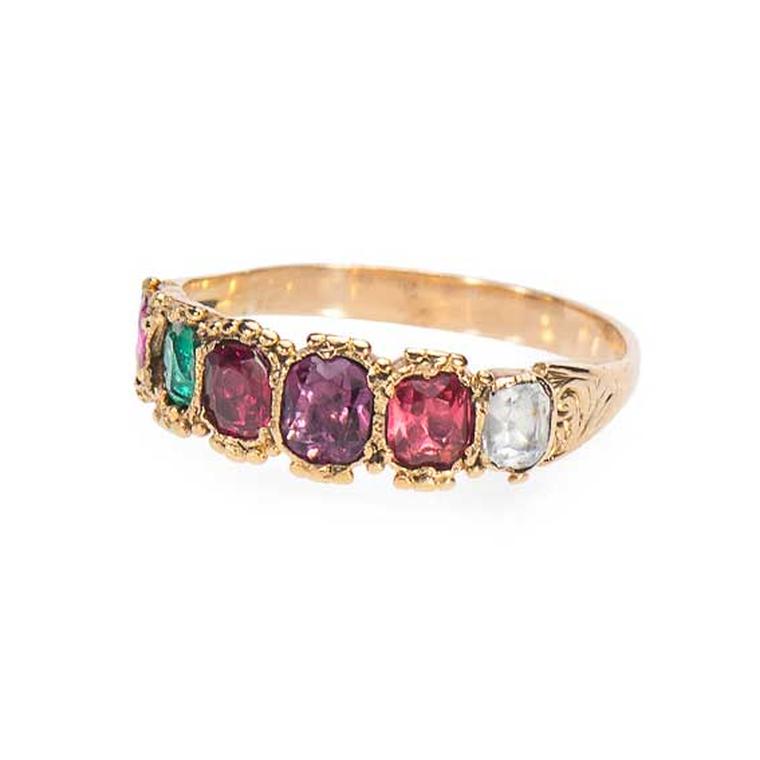
Surface modification
This is the easiest treatment to spot with the naked eye when the stone is flipped over and viewed table-down. Examples include coatings and backings that have been used for thousands of years and are frequently seen in costume jewellery. Its use was so widespread during the Renaissance that laws were made to ban such treatments. Clear glass or light-coloured stones such as white sapphire if given a blue foil backing or a coating of blue plastic look like a blue sapphire. If the underside of a very light emerald is given a green glazing it can appear to be a stone of much greater worth, and if the jewellery mounting for a ruby is given a coat of red paint, the appearance of the stone can be deceptively enhanced for a time. So, whenever looking at a piece, it is important to view it from all directions to check for these tricks. A red flag is a closed-back setting that conceals the back of a stone.
Conclusion: Surface modification is in my ‘buyer beware’ category. This treatment is only acceptable if its extent is fully disclosed and that the buyer knows for sure that the host stone is indeed one of the ‘big three’ and not an imitator. Also full disclosure is required on what care needs to be taken to increase the lifespan of the enhancement, as it will not last forever.
Read more about rubies here.
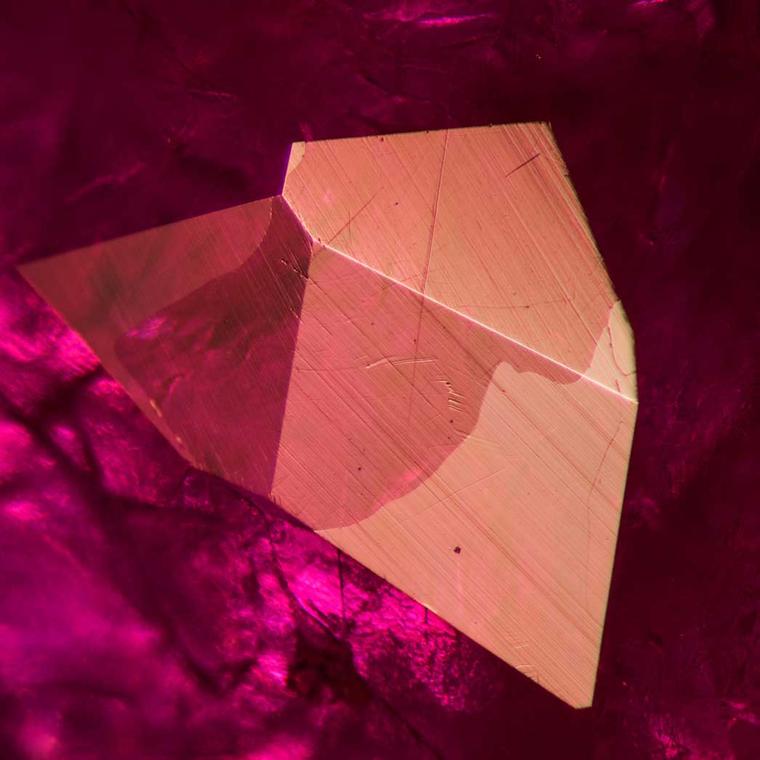
Cavity filling
This applies to rubies and sapphires, that just like teeth, gemstones can have cavities that like ours can be sealed. Cavities in stones lessen their desirability because they create an optical void, which is why it is advantageous to conceal the pits or depressions and fill them with glass or plastic to create optical coherence and improve the stone’s beauty. The hardness and sheen of plastic or glass will differ greatly to the host sapphire or ruby (above), and this disparity is a red flag that can be seen with the help of a loupe with a ten times magnification (10x) capacity.
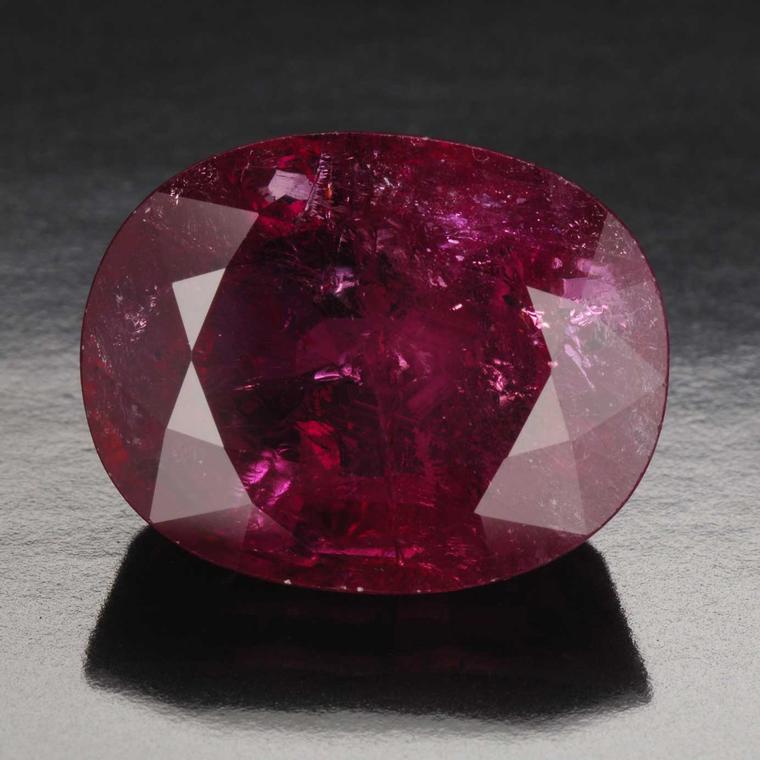
Conclusion: Cavity filling is acceptable if disclosed; however, caution must be taken by the buyer, as common cleaning methods such as an ultrasonic bath can dislodge the filling and ruin the stone.
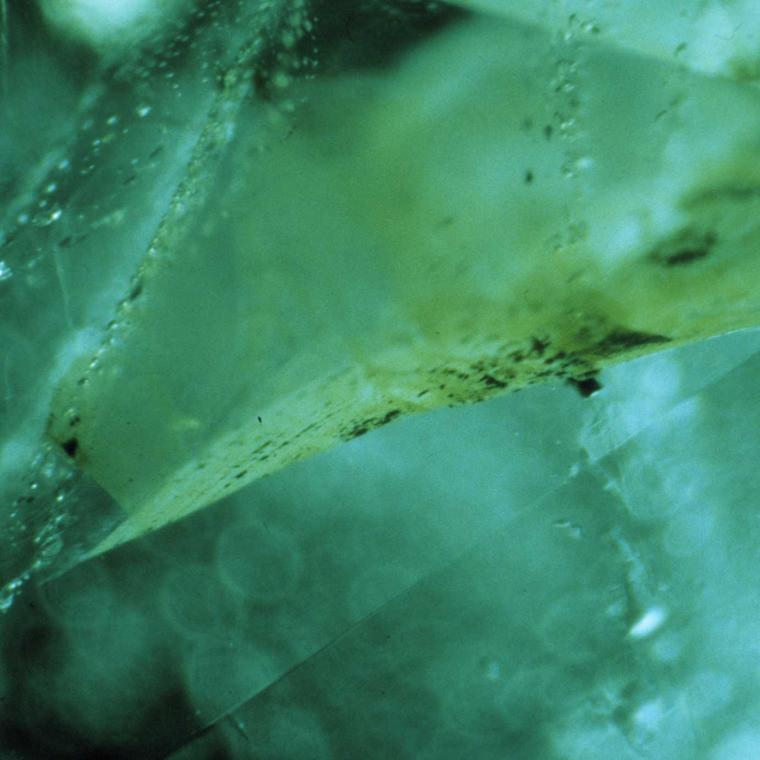
Fracture filling
This is similar to cavity filling, but while cavities are wide, fractures are slender and narrow. The most fracture-filled gem is emerald (above), and if a ruby of lesser quality is glass filled, the difference in appearance and apparent clarity can be remarkable. A vacuum is generally used to suck the air from the thin fractures and the fillers heated to become more liquid. Once the colourless fillers of glass, plastic, resins or oils that can range from cedar wood to palm oils are applied, the fissures are disguised. As alluded to earlier, caution must be taken if purchasing a fracture filled or oiled stone, as the fillings and oils can be removed with cleaning, sudden temperature change and even contact with cosmetics, perfumes, hairspray and common household chemicals. Detection is not easy and usually requires examination with a microscope by a gemmologist. Oiling does no harm to the stone and is reversible. It has been recorded as far back as Ancient Egypt and is acceptable and common, especially in emeralds, as it allows their ‘garden’ to appear in full bloom.
The aforementioned fillers may have colour: for example red oil to improve the colour of ruby, in which case another treatment is engaged, dyeing. A dye can make a stone’s colour lighter, darker, evenly spread or change it entirely, at least for a time as many dyes fade or the oils may ooze out or dry up. The things to look out for, especially in rubies and emeralds, is concentrated dye visible within cracks.
Conclusion: Dyeing is acceptable if the buyer is informed. That being said, if looking for an investment piece or jewellery to be handed down generation after generation, I would say it is in the ‘buyer beware’ category.
Heat treatment
This is a more stable treatment used to alter a stone’s colour that has been used since the ancient pharaohs. The majority of sapphires and rubies are in fact heat-treated. Sapphires considered too dark can be lightened or the near colourless ones can be given a deeper hue. Rubies that are deemed less valuable because they show a hint of blue can be treated to make the red what is known as ‘redder than purple’. The treatment can remove, generate or alter the appearance of inclusions. The temperature, environment, time of exposure and rate of heating and cooling all influence the stone’s characteristics. There are modern heat treatment facilities as well as locals in mining communities who pass their skills down from generation to generation on how to enhance colour by covering the stone in a lime and coconut husk paste and heating it over a charcoal fire by blowing through a slim tube for hours. Difficult to spot without gemmological training, evidence of heat treatment can be detected by a trained eye with a loupe and/or microscope.
Conclusion: Heat treatment is totally acceptable. In fact, un-heated natural stones are very rare. Assume heated until proven otherwise with a report from a respected laboratory such as the SSEF, GIA, AGL, Gübelin or GRS.
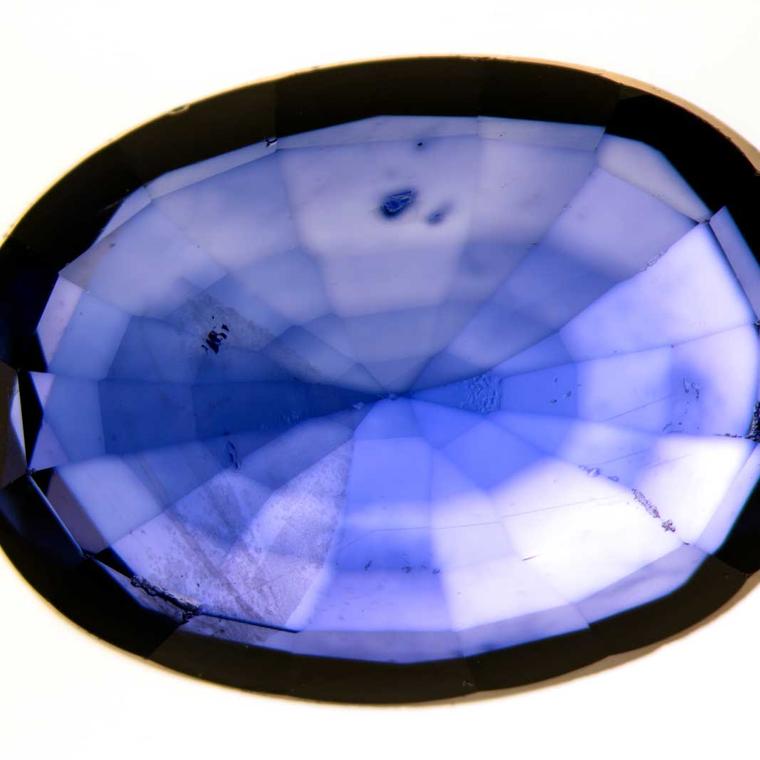
Lattice diffusion
This treatment is less durable than heat treatment and is carried out by exposing the gemstone to chemicals and extreme heat, so that the elements penetrate the surface, deepening or altering the stone’s colour. This treatment is frequently used in sapphires (above), particularly the most rare variety known as padparadscha, which has the colour of a lotus flower. Blues become bluer and reds redder with the diffusion of iron and titanium or chromium, respectively. The treatment may be visible as a colour gradient from the stone’s surface to its core; however, it usually requires a gemmologist and advanced laboratory equipment to detect.
Conclusion: Lattice diffusion does allow people to buy stones that would otherwise be beyond their price range such as padparadschas; however in my book, it is another ‘buyer beware’ treatment.
And as a general and overall sum up: if looking for an affordable piece to wear often and enjoy, treated stones are perfectly acceptable if the seller has been transparent about the enhancement the stone has received. Nonetheless, if on the hunt for an investment piece or wanting to splurge on a hand-me down item to last lifetimes, the less treatment, the better.
Here are some questions to ask when buying a stone:
1. Has the stone been treated?
a. If so, what benefit did the treatment have on the stone?
b. How did the treatment affect the value?
c. If the treatment did affect the value, how can you prove this?
d. Is there a report documenting the treatment?
2. Does the stone require any special care?
a. Is it safe to use an ultrasonic machine to clean the stone if it were set in jewellery?
3. If the stone was re-set into a different setting, would there be any risk of damaging the stone?
[ad_2]
Source_link
